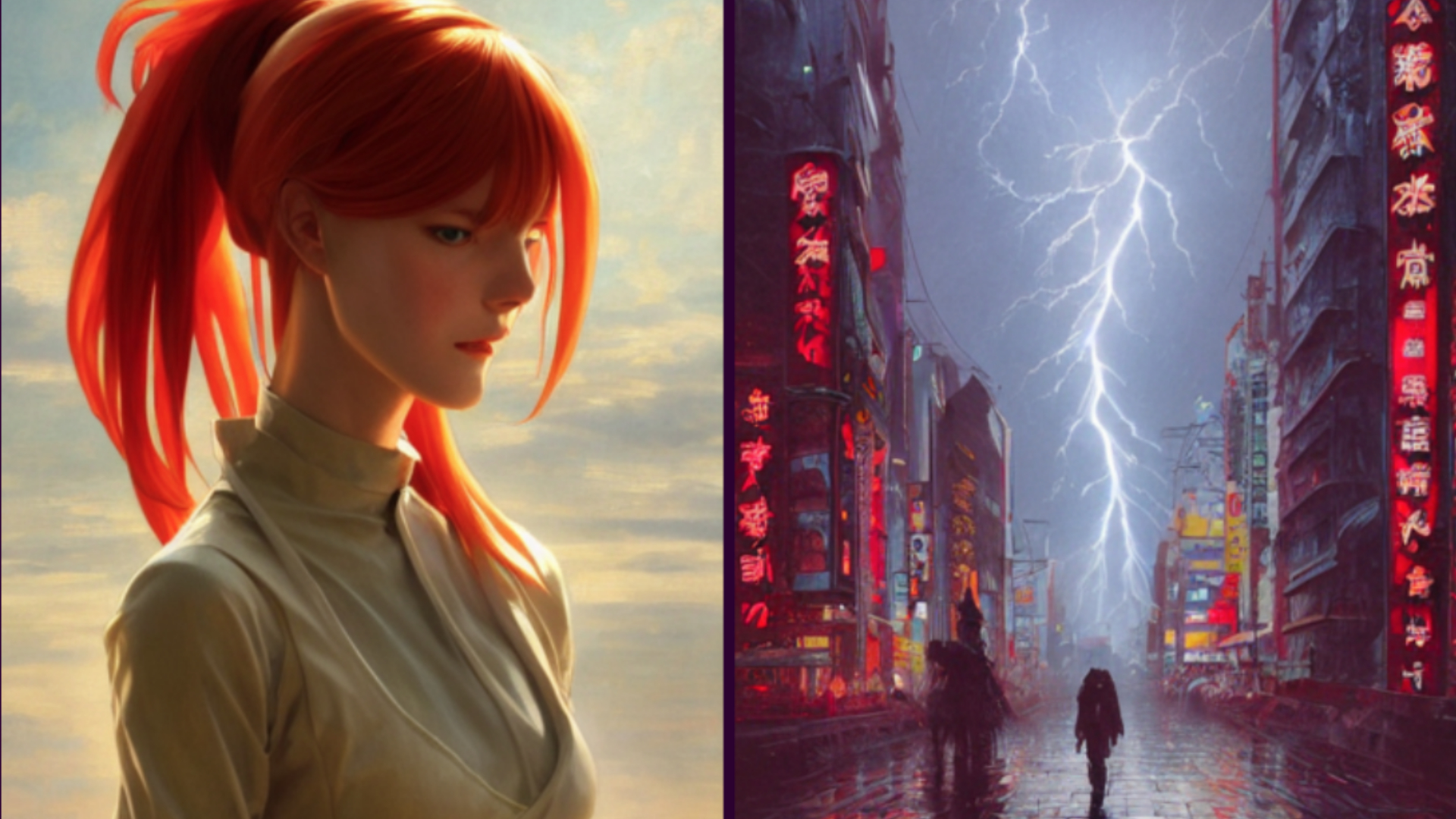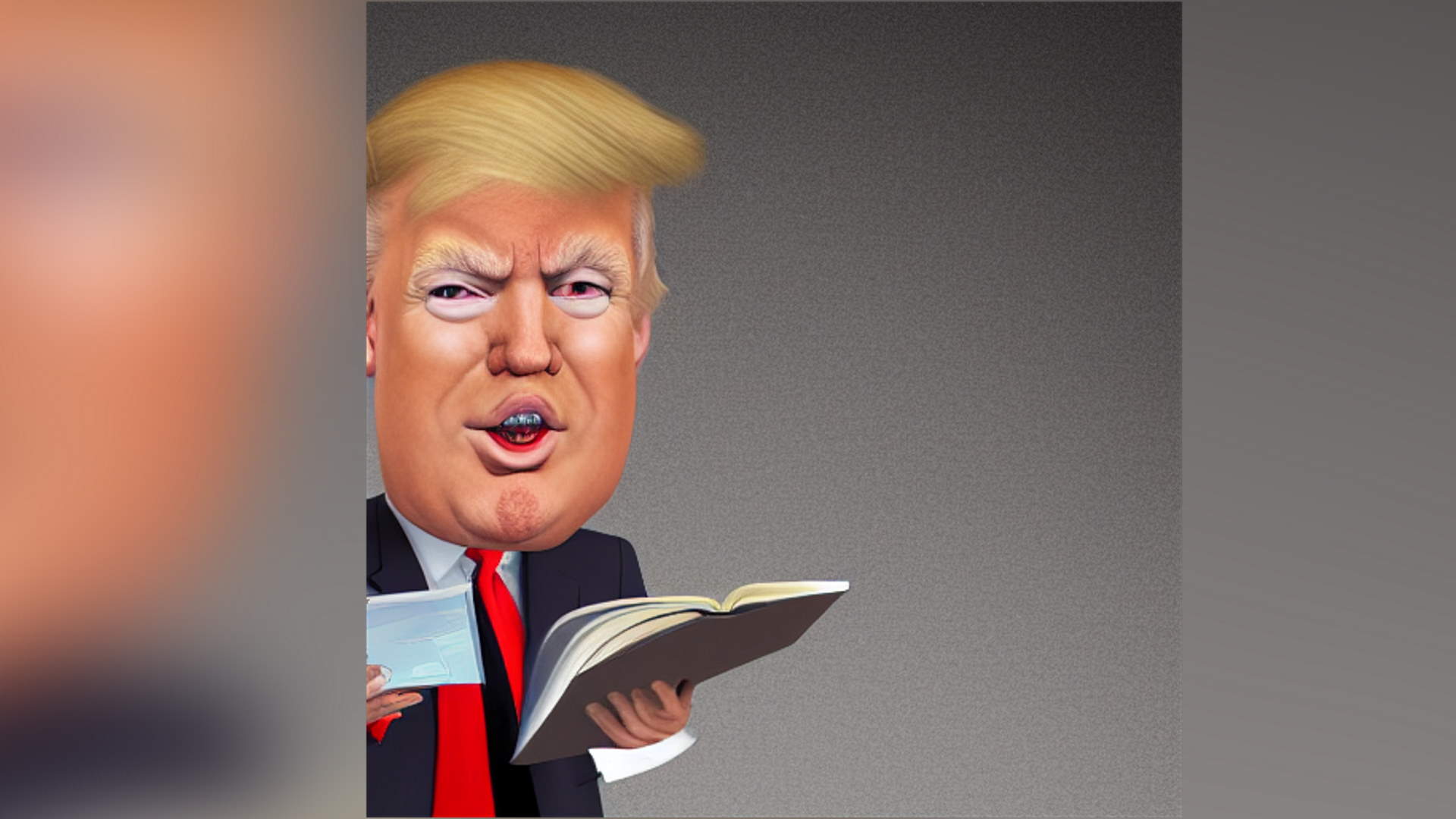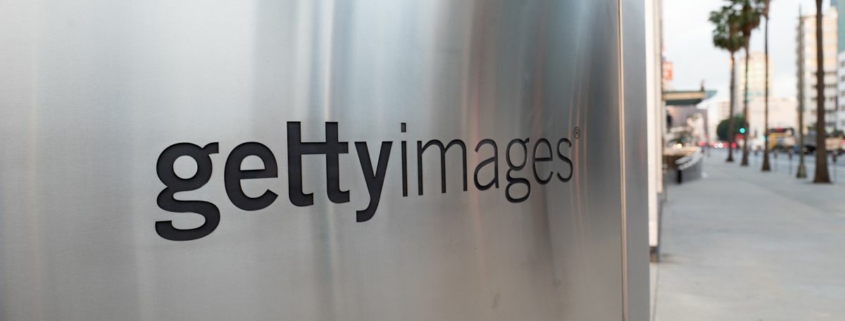Getty Images files suit against one of the biggest AI art tools
Getty Images has begun legal proceedings against the creator of AI art tool Stable Diffusion. Filed this week in London’s High Court, Getty Images’ action claims that “Stability AI unlawfully copied and processed millions of images protected by copyright,” and used these images for its own commercial gain.
Getty Images and image library rights holders like it are set to be some of the most affected by AI image generation, and while some have embraced the technology, such as Shutterstock (opens in new tab), others have largely rejected AI art. Getty Images falls into the latter category. Getty Images banned the upload and sale of AI images (opens in new tab) in September 2022, in a bid to keep itself safe from legal challenges.
Getty’s CEO, Craig Peters, had previously said that there are concerns for AI-created artwork, including “unaddressed rights issues.”
Little did we know at the time, the legal challenges would come directly from Getty itself.
“Getty Images believes artificial intelligence has the potential to stimulate creative endeavors,” a statement from Getty Images (opens in new tab) says. “Accordingly, Getty Images provided licenses to leading technology innovators for purposes related to training artificial intelligence systems in a manner that respects personal and intellectual property rights.”
“Stability AI did not seek any such license from Getty Images and instead, we believe, chose to ignore viable licensing options and long‑standing legal protections in pursuit of their stand‑alone commercial interests.”
It all comes down to how an AI is trained—the all-important preliminary step to building a functioning artificial intelligence tool.
The art generated by Stable Diffusion, and the other tools like it, is original. There’s probably nothing else exactly like it—an AI created it based on whatever prompts are handed to it by its human users. However, the AI has to be trained on millions of labelled images in order to learn what to create, and what this means for the copyright of images used for this training have been called into question on many occasions.
Stability AI did not seek any such license from Getty Images and instead, we believe, chose to ignore viable licensing options and long‑standing legal protections.
These large datasets of image and text pairs are often provided by other companies that collect and collate the data themselves. These are massive datasets, we’re talking millions, or billions, of entries for each one. That means collecting enough samples to fill a whole dataset can be exhaustive work and requires immense amounts of human-made source material—and each and every one of those images has its own copyright standing, from public domain to strict copyright or usage conditions.
One such dataset organisation is LAION (opens in new tab), which provides the datasets used for Stable Diffusion.
LAION is non-for-profit and distributes its datasets freely. It essentially collates datasets from alt text and URLs of images that it scrapes from the internet. It doesn’t own a thing. The organisation tries to make peace with that in the first question in its FAQ (opens in new tab): “Does LAION datasets respect copyright laws?”
To which the organisation replies: “LAION datasets are simply indexes to the internet.”
You might even find a picture of you in LAION’s datasets, for which the organisation has provided a GDPR takedown form to remain in compliance with EU law.
LAION tries to keep its hands clean by not actually storing or distributing any images directly, and it may have worked as Getty Images’ ire is instead aimed squarely at Stability AI, one of the more well-known companies using its datasets.
Stability AI holds that the LAION datasets it uses for Stable Diffusion were trained in compliance with German Law. In response to its own FAQ question “What is the copyright for using Stable Diffusion generated images?” Stability AI says “The area of AI-generated images and copyright is complex and will vary from jurisdiction to jurisdiction.”
A truly ambiguous answer.
Stability AI does at least say where it gets its data from—LAION is actually one of the more open image-scraping orgs on the web—unlike some AI tools that don’t make that information publicly available. That includes OpenAI (opens in new tab), the creator of popular AI tools such as DALL-E and ChatGPT. Stability AI plans to allow artists to opt out of Stable Diffusion image training (opens in new tab) with future versions, but that does seem a little bit like the wrong way around. Shouldn’t Stable Diffusion have to ask the artists’ permission to use their work?
There’s no response to the legal action from Stability AI at this time, but I have reached out to the company for comment.
Getty Images’ CEO has spoken to The Verge (opens in new tab) to further explain why the company has taken this course of action.
“We don’t believe this specific deployment of Stability’s commercial offering is covered by fair dealing in the UK or fair use in the US,” Peters said. “The company made no outreach to Getty Images to utilize our or our contributors’ material so we’re taking an action to protect our and our contributors’ intellectual property rights.”
Peters also confirmed that the charges filed against Stability AI include copyright violation and violating Getty Images’ terms of service. He said the company seeks to form a new legal status quo for licensing and AI from the court case.
Such a status quo could be formative for the nascent generative AI-tool industry. Copyright law is yet to catch up with the training of AI on massive datasets of scraped images, which means these next few years of legal action could shape how we approach this topic for decades to come.
The lawsuit filed by Getty Images is likely to set a legal precedent, whatever the outcome.
This was bound to happen at some point, and the arguments about copyright surrounding both AI-generated images and the training of AI tools are just getting started.




